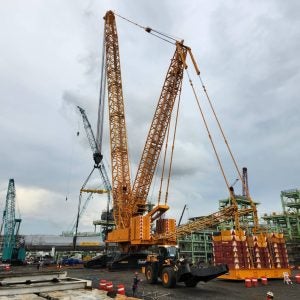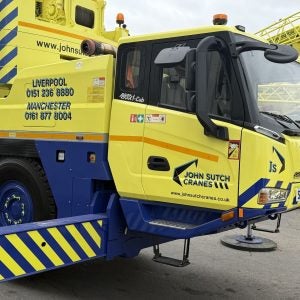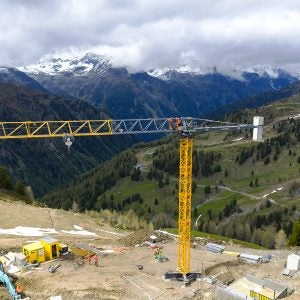Our lead article this month is by Daniel Searle, and looks at the next stage of EU emissions regulations. I’ve looked at the issue in this column previously, focusing on the so-called transition period between stages, during which crane manufacturers can keep engines from the previous stage in stock, and continue to install them on new machines. This is needed to allow them to continue to supply cranes, while they redesign each model to accommodate a bigger, cleaner, engine system.
That is only one part of the problem. Another, which Daniel looks at in more detail, is that of replacement engines. European regulators plan to limit to ten years the age of cranes that can be fitted with a like-for-like replacement engine. For owners, that would mean that if a crane breaks down, they may not just need to repair the engine, they’ll have to rebuild the entire crane carrier to accommodate a bigger engine and exhaust system. If they want to sell cranes, they’ll need to lower the resale price to reflect the potential cost of a breakdown.
Crane and engine manufacturers have been lobbying to get this age limit scrapped, or at least extended to 25 years. Recently, the European Parliament’s Internal Market Committee published an opinion supporting them in this. But the decision will be made by the European Parliament as a whole. Crane owners and users should, either directly or through trade associations, point out to MEPs that a move like this would have a drastic impact on how they buy cranes, and the rental rates they need to charge to cover any loss in residual values.
The other regulatory article in this issue seems, to me at least, a little more esoteric. Over the last few years, the experts on ISO’s technical committee on lifting equipment have been looking at how standards for cranes and ropes interact. As Gerhard Wagner explains, the way ropes’ working life is calculated uses a different approach to the rest of the crane structure, an approach that he feels is outdated. This may not have the same obvious, pressing, importance to users as engine regulations. But a fully agreed-on set of standards for both ropes and crane structures, accepted by the whole industry, would allow everyone to choose equipment with more confi dence.
There are a lot of ways you can engage with issues like this, through trade associations, in discussion with local contacts and at conferences. One forum we promote is our LinkedIn group, which recently passed 1,000 members. I hope you find it a useful venue in which to connect with the industry and discuss issues like this.






